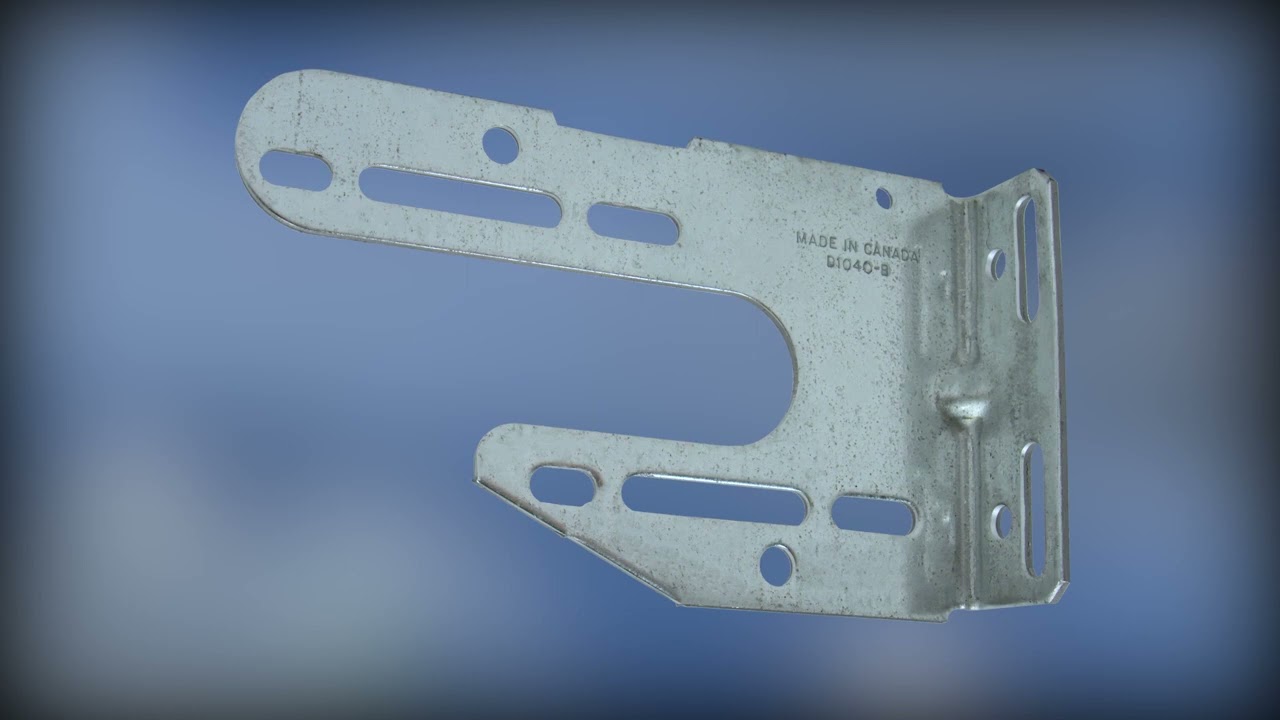
Garage Doors and Parts – End Bearing Plates Support the Torsion Shaft in Garage Doors by providing stability, alignment, and smooth rotation. These small but critical components play a major role in the function of a torsion spring system. While most homeowners focus on visible parts like panels or openers, end bearing plates remain tucked away, silently keeping everything in line. Without them, the entire torsion shaft system would lose its efficiency, leading to balance issues and mechanical failure.
For garage doors using torsion springs, understanding the role of end bearing plates helps ensure better maintenance and longer system lifespan. These plates sit at each end of the torsion shaft and provide both structural support and rotational ease, making them essential for proper garage door function.
End bearing plates are flat, metal components mounted on the inside of the garage door frame, typically at the ends of the torsion bar. Each plate holds a bearing, which allows the torsion shaft to spin freely during door operation. These bearings reduce friction and stabilize the shaft as it transfers torque from the springs to the cable drums.
Manufacturers typically construct end bearing plates from steel or heavy-duty aluminum to handle high tension and frequent movement. The plates may vary slightly in shape or size depending on the door’s configuration but always serve the same core purpose: to support the torsion shaft and allow for smooth, aligned operation.
“Read about: Smart Solutions for Organizing Your Garage in Small Spaces”
Although end bearing plates are simple in design, they perform several important tasks that directly affect your garage door’s operation:
Without end bearing plates, the shaft would lose balance and potentially bend, leading to misalignment or system failure.
Damaged or misaligned end bearing plates can affect the garage door in several ways. If the bearings inside the plates seize or wear out, the shaft can no longer spin freely. This increases friction, puts stress on the torsion springs, and causes the opener to work harder.
Misalignment between the shaft and cable drums may result in uneven lifting, cable fraying, or complete system jamming. In some cases, the shaft may even bend due to improper support, which leads to loud noises or visible shaking during operation.
A neglected end bearing plate can also cause premature wear on other components, including drums, cables, and the center bearing. Homeowners should regularly inspect these plates for wear, rust, or movement to avoid costly repairs.
“Read more: Torque Tube Essentials: A Guide for Garage Door Owners”
Routine maintenance of end bearing plates keeps your torsion system healthy and quiet. Here are several helpful tips:
It’s important to note that the torsion system holds high tension, so homeowners should leave repairs or replacements to trained technicians.
If the end bearing plates show visible damage or their bearings no longer allow smooth rotation, professionals may recommend replacing them. New plates come in standard or heavy-duty varieties. For heavier doors or commercial systems, upgrading to more robust plates ensures better durability and longer life.
Technicians can also upgrade the entire torsion system if other parts, such as the shaft or center bearing, are outdated. This prevents future breakdowns and keeps the door running smoothly.
In new garage doors, manufacturers often install high-quality bearing plates as standard. But older systems may benefit from a retrofit using modern components that handle stress more efficiently.
This website uses cookies.